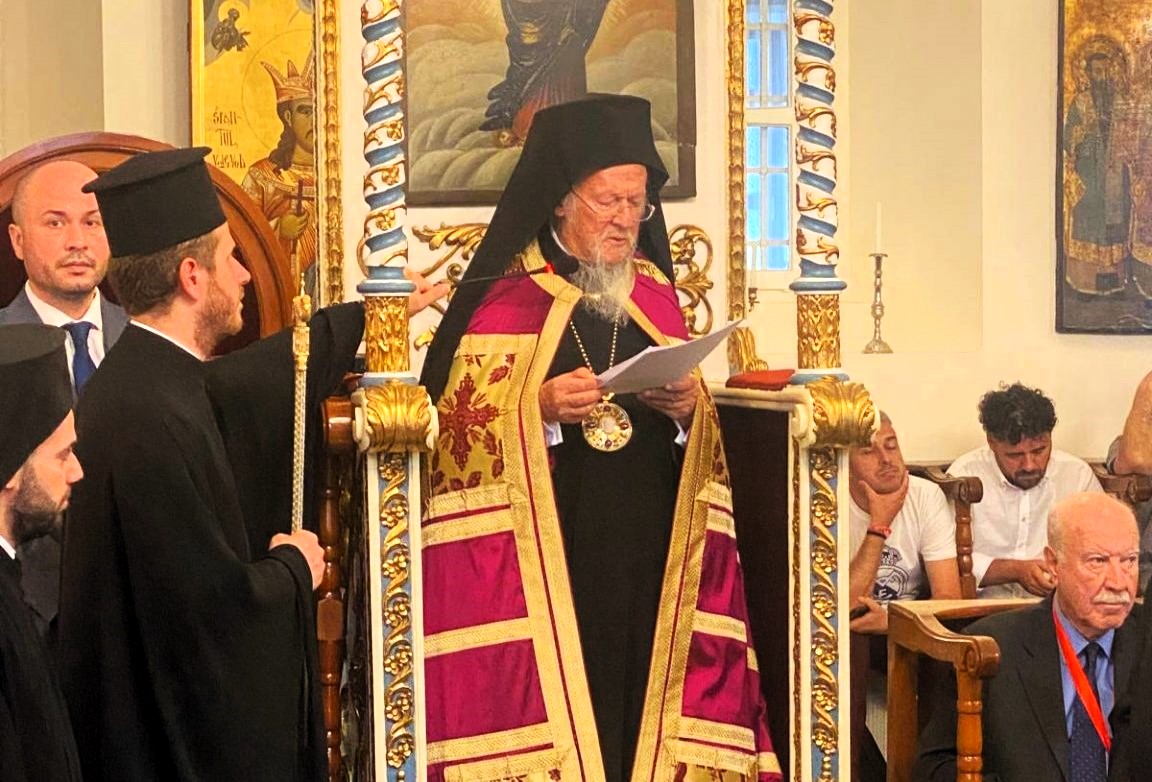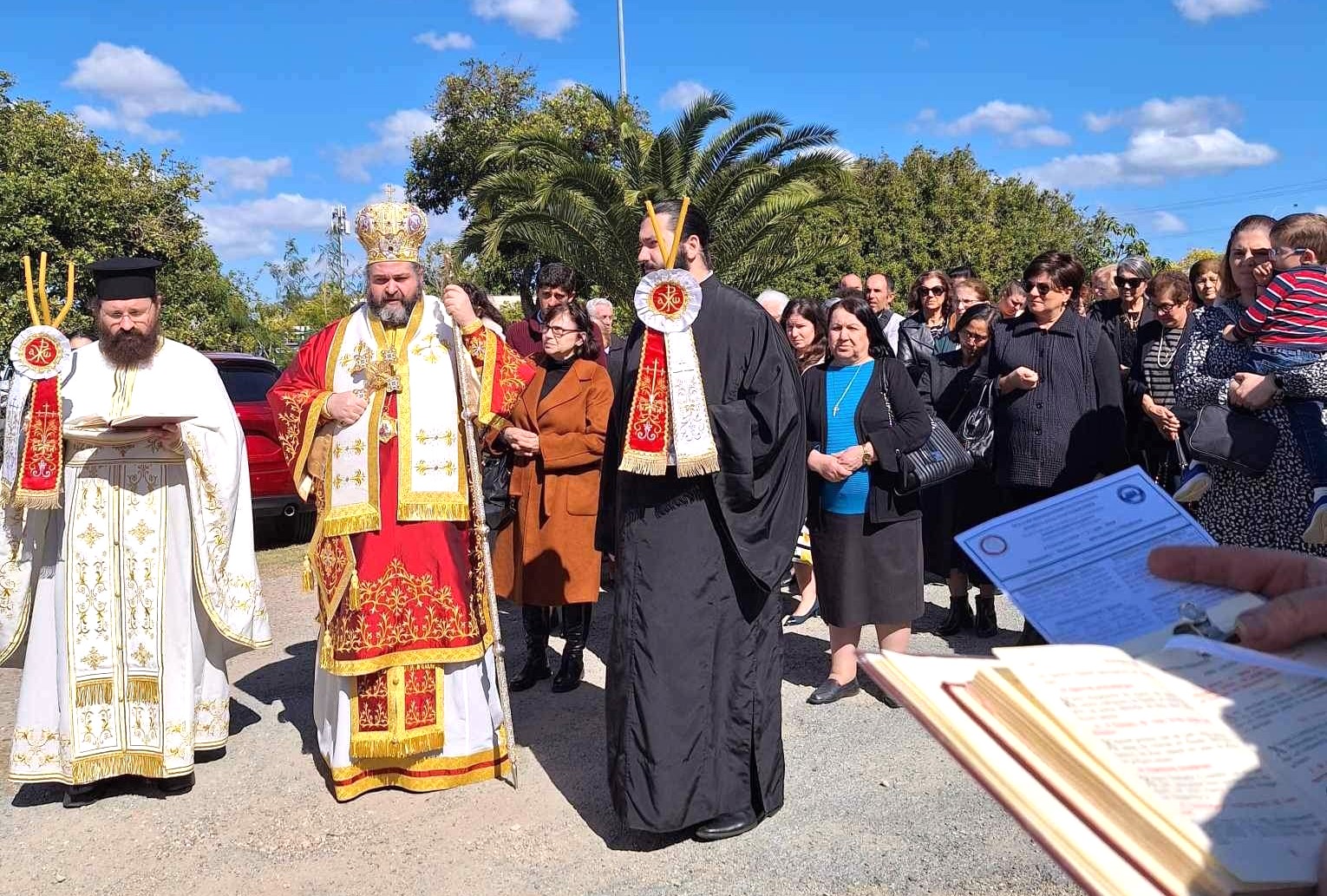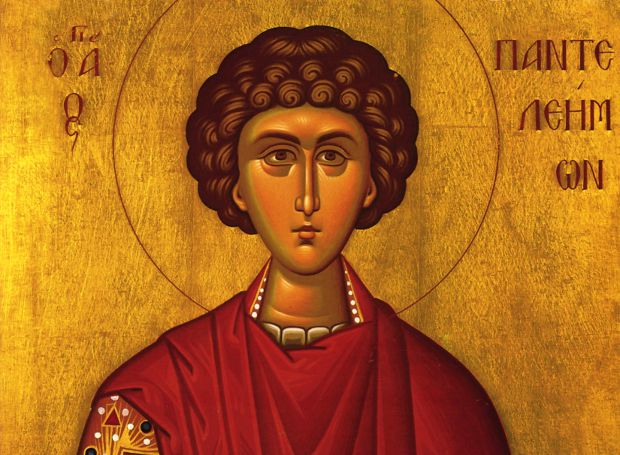Commemoration of the Consecration of the Church of the Resurrection (Holy Sepulchre) at Jerusalem (13 September)
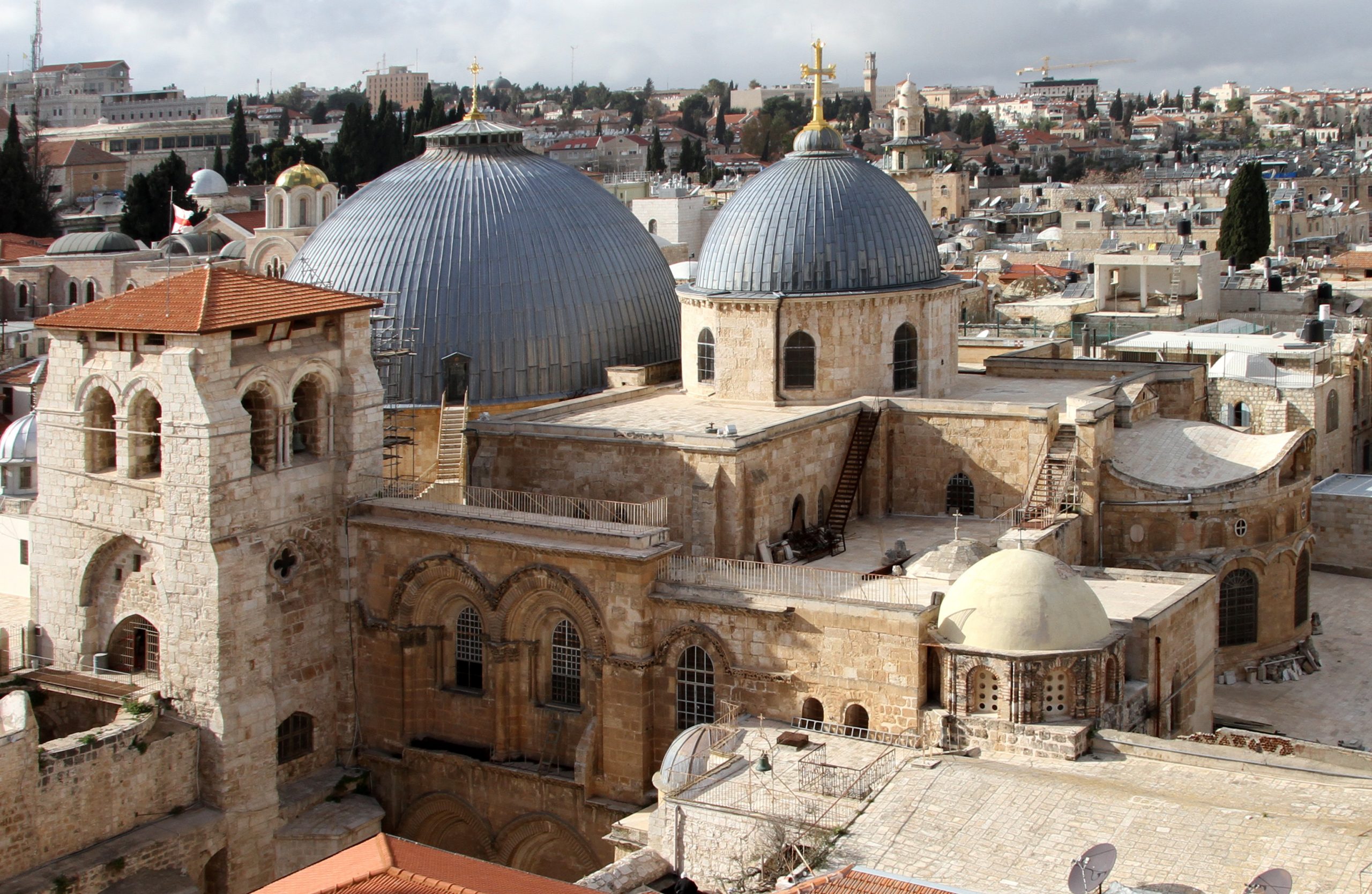

The Dedication of the Temple of the Resurrection of Christ at Jerusalem celebrates the dedication of the Church of the Resurrection, built by Saint Constantine the Great and his mother, the empress Helen.
After the voluntary Passion and Death on the Cross of our Lord and Savior Jesus Christ, the holy place of His suffering was long trampled on by pagans. When the Roman emperor Titus conquered Jerusalem in the year 70, he razed the city and destroyed the Temple of Solomon on Mount Moriah, leaving there not a stone upon a stone, as even the Savior foretold (Mt.13:1-2).
Later on the zealous pagan emperor Hadrian (117-138) built on the site of the Jerusalem destroyed by Titus a new city named Aelia Capitolina for him (Hadrian Aelius). It was forbidden to call the city by its former name.
He gave orders to cover the Holy Tomb of the Lord with earth and stones, and on that spot to set up an idol. On Golgotha, where the Savior was crucified, he constructed a pagan temple dedicated to the goddess Venus in 119. Before the statues they offered sacrifice to demons and performed pagan rites, accompanied by wanton acts.
In Bethlehem, at the place the Savior was born of the All-Pure Virgin, the impious emperor set up an idol of Adonis. He did all this intentionally, so that people would forget completely about Christ the Savior and that they would no loner remember the places where He lived, taught, suffered and arose in glory.
At the beinning of the reign of Saint Constantine the Great (306-337), the first of the Roman emperors to recognize the Christian religion, he and his pious mother the empress Helen decided to rebuild the city of Jerusalem. They also planned to build a church on the site of the Lord’s suffering and Resurrection, in order to reconsecrate and purify the places connected with memory of the Savior from the taint of foul pagan cults.
The empress Helen journeyed to Jerusalem with a large quantity of gold, and Saint Constantine the Great wrote a letter to Patriarch Macarius I (313-323), requesting him to assist her in every possible way with her task of the renewing the Christian holy places.
After her arrival in Jerusalem, the holy empress Helen destroyed all the pagan temples and reconsecrated the places desecrated by the pagans. She was zealous to find the Cross of our Lord Jesus Christ, and she ordered the excavation of the place where the temple of Venus stood. There they discovered the Sepulchre of the Lord and Golgotha, and they also found three crosses and some nails.
In order to determine upon which of the three crosses the Savior was crucified, Patriarch Macarius gave orders to place a dead person, who was being carried to a place of burial, upon each cross in turn. When the dead person was placed on the Cross of Christ, he immediately came alive. With the greatest of joy the empress Helen and Patriarch Macarius raised up the Life-Creating Cross and displayed it to all the people standing about.
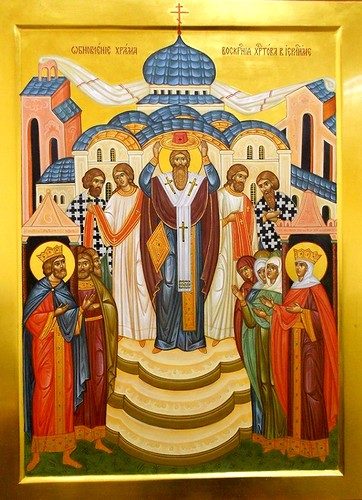

The holy empress quickly began the construction of a large church which enclosed within its walls Golgotha, the place of the Crucifixion of the Savior, and the Sepulchre of the Lord, located near each other. The holy Apostle and Evangelist John wrote about this: “Now in the place where He was crucified, there was a garden, and in the garden a new tomb, in which no one had yet been laid. Therefore they laid Jesus there because of the Jewish preparation day, for the tomb was nearby” (John 19:41-42). The Church of the Resurrection was ten years in building, and the holy empress Helen did not survive to see its completion. She returned to Constantinople, and reposed in the year 327. After her arrival in Jerusalem, the holy empress built churches in Bethlehem, on the Mount of Olives, at Gethsemane and in many other places connected with the life of the Savior and events in the New Testament.
The construction of the church of the Resurrection, called “Martyrion” in memory of the sufferings of the Savior, was completed in the same year as the Council of Tyre, and in the thirtieth year of the reign of Saint Constantine the Great. Therefore, at the assembly of September 13, 335, the consecration of the temple was particularly solemn. Hierarchs of Christian Churches in many lands: Bythnia, Thrace, Cilicia, Cappadocia, Syria, Mesopotamia, Phoenicia, Arabia, Palestine, and Egypt, participated in the consecration of the church. The bishops who participated in the Council of Tyre, and many others, went to the consecration in Jerusalem. On this day all the city of Jerusalem was consecrated. The Fathers of the Church established September 13 as the commemoration of this remarkable event.
The church that is honoured far above all others is that of the Holy Resurrection, which Saint Constantine the Great constructed at the place of Golgotha, where our Saviour was crucified and buried. For a long time this place had been purposely buried beneath the earth by the Jews and heathen; furthermore, during the reign of Hadrian (117-138), a temple dedicated to Aphrodite was built over the site so that this sacred place might be even further desecrated and fall into utter oblivion. It was here that the Cross was hidden. However, at the command of the pious Emperor Constantine, excavations were made and the tokens of the saving Passion were found. It was here, then, that the very great and magnificent temple named in honour of Christ God’s Resurrection-the Anastasis-was built under the supervision of the blessed Helen, while Dracilian was Eparch of Palestine and Macarius was Archbishop of Jerusalem. It was the latter, also, who exalted the venerable Cross and performed the consecration of this temple in the year 336.
When the holy Empress Helena found the Cross of our Lord in Jerusalem, she stayed awhile in the Holy City, and built churches in Gethsemane and Bethlehem, and on the Mount of Olives, as well as other places prominent in the life and work of the Lord Jesus Christ. On Golgotha, where she found the Honorable Cross, she began the building of an enormous church. The church was designed to encompass the Place of the Skull, where the Lord was crucified, as well as the place where He was buried.
The saintly empress wanted to include the place of His suffering and the place of His glory under the same roof. However, Helena reposed in the Lord before this majestic church was completed. By the time it was completed, Constantine was celebrating the thirtieth year of his reign. Thus, the consecration of the church and the emperor’s jubilee were celebrated on the same day, September 13, 335 A.D. A local council of bishops was being held in Tyre at that time. These bishops, and many others, came to Jerusalem for the solemn consecration of the Church of the Resurrection of the Lord. It was then established that this day–a day of victory and triumph for the Church of Christ–be solemnly commemorated every year.
Apolytikion of Temple of the Resurrection
Fourth Tone
Thou hast shown the earthly beauty of the holy tabernacle of Thy glory to be like unto the splendour of the heavenly firmament, O Lord. Strengthen it for ever and ever, and accept our prayers which we unceasingly offer therein unto Thee, through the Theotokos, O Thou Who art the Life and Resurrection of all.
Kontakion of Temple of the Resurrection
Fourth Tone
The Church is shown to be a many-lighted heaven that doth shine a guiding light upon all them that do believe; wherein while standing we cry aloud: Do Thou Thyself now establish this house, O Lord.
Source: oca.org / goarch.org / westserbdio.org


